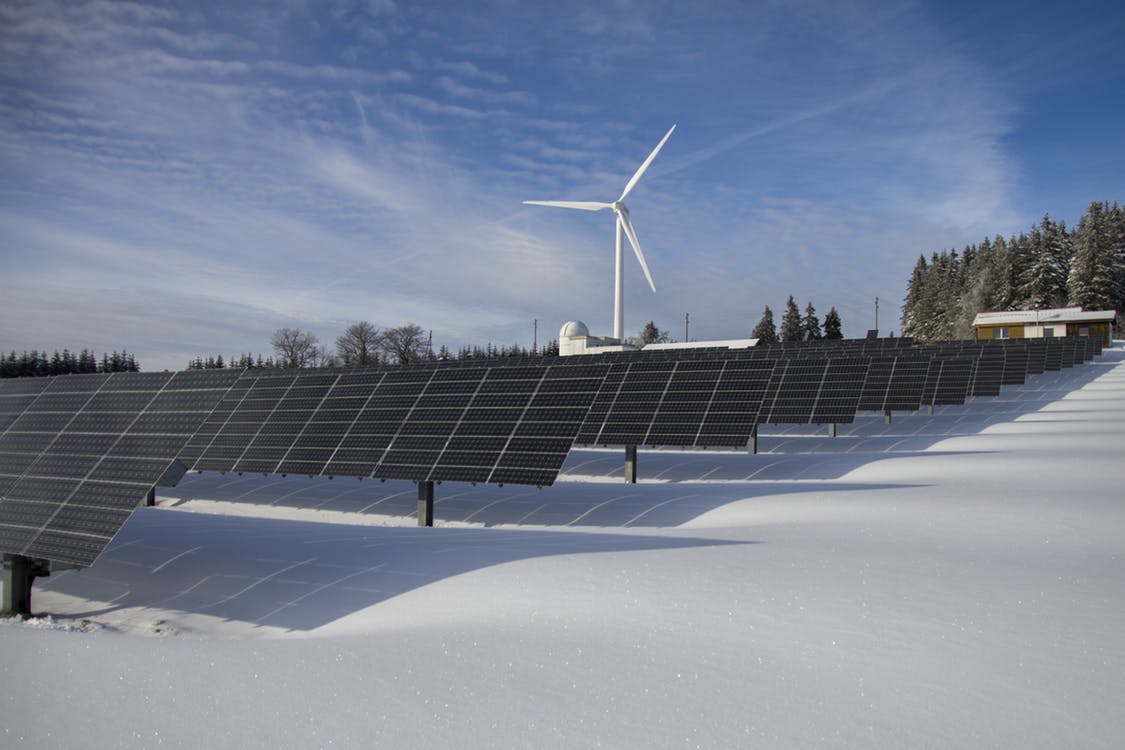- falling technology costs have pushed the cost of the renewable energy sectors below coal and gas, even in China and India, where until recently, coal was king.
- as electric vehicle manufacturing scales up to match and eventually supersede production of internal combustion vehicles, battery costs are set to drop another two thirds by 2030
Onshore wind power and solar – without subsidies – are now the cheapest source of new bulk power in every major economy in the world apart from Japan, a new report says.
Clean energy research group Bloomberg NEF, in its Levelized Cost of Energy report for the second half of 2018, says that falling technology costs have pushed the cost of the renewable energy sectors below coal and gas, even in China and India, where until recently, coal was king.

The six-monthly report assesses the cost competitiveness of different power generating and energy storage technologies globally, excluding subsidies. It covers nearly 7,000 projects across 20 technologies and 46 countries.
The cost of solar has plunged in part because Chinese regulators abruptly stopped solar capacity installations, meaning installations fell 40% year on year. This has led to a global glut of cheap solar equipment, which has pushed down the cost of solar plants by 13% in just six months. The benchmark global levelized cost of new PV (non-tracking) is now down to just $60/MWh.
This, and falling costs for wind power, have more than offset upward pressure on costs from higher interest rates in the two key markets, China and the US. The benchmark global levelized cost for onshore wind is even lower than for solar at just $52/MWh, down 6% from our 1H 2018 analysis, Thanks to cheaper turbines and a stronger US dollar. In India and Texas, onshore wind is now as cheap as $27/MWh, without subsidy.
Read more: Forbes


